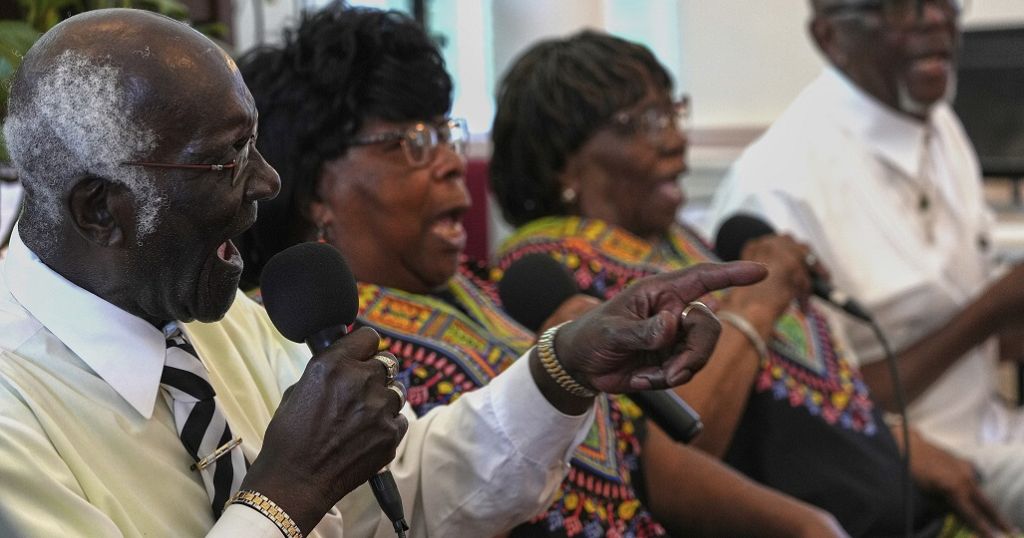On a small island off the coast of South Carolina, a chorus of elders is waging a quiet yet urgent battle to preserve a vanishing piece of cultural history. The Voices of Gullah, a group of singers aged 71 to their late 80s, is reviving centuries-old spirituals rooted in the traditions of enslaved Africans, blending haunting melodies with the Gullah Creole language—a linguistic and musical bridge to West Africa. Led by musicologist Dr. Eric Crawford, the ensemble safeguards songs like “Kumbaya” and “Roll Jordan Roll,” which first emerged among enslaved laborers on St. Helena Island’s rice and cotton plantations. “The language is here, the place where they sang is here,” Crawford explains, gesturing to the lush landscape. “This is where the songs began.”
What started as a grassroots effort in 2007—when Crawford recorded four local singers at Coffin Point Praise House, a historic worship space built by the enslaved—has since blossomed into an international touring act. Despite their advanced age, members like 71-year-old Charles “Jojo” Brown and 86-year-old Minnie Gadson deliver performances infused with raw energy. Gadson, described by Crawford as a “force of nature” who “electrifies crowds like James Brown,” embodies the group’s vitality. Fellow member Rosa Murray infuses the music with deep emotion, while Deacon Joe Murray, Crawford notes, personifies the resilience of Gullah Geechee culture itself. Their concerts, held everywhere from rural churches to European stages, transform spirituals into living testimonials of survival.
Yet time remains their fiercest adversary. The group’s youngest member, Brown, acknowledges mortality with resolve: “I’ll sing till I can’t anymore.” He recalls childhood “ring shouts,” where rhythms were kept alive using washboards and pots—a tradition now at risk. Crawford voices a pressing concern: “When my singers are gone, who carries the torch?” Threats loom beyond age; rapid coastal development encroaches on historic sites, while younger generations often gravitate toward modern genres, distancing themselves from ancestral practices.
To bridge this gap, Crawford and community leaders are pursuing grants to reimagine spirituals through hip-hop and rap, hoping to engage youth while honoring roots. “Understand its origins, then make it your own,” Crawford urges, emphasizing adaptability as key to preservation. For now, however, the elders remain irreplaceable cultural conduits. During recent performances at Brick Baptist Church—a site steeped in Gullah history—their voices rise in unison, hands clapping in rhythm, bodies swaying as if defying time itself. Each note carries centuries of sorrow, faith, and resistance, echoing not just as music but as a plea: Remember us. Remember where this began.
